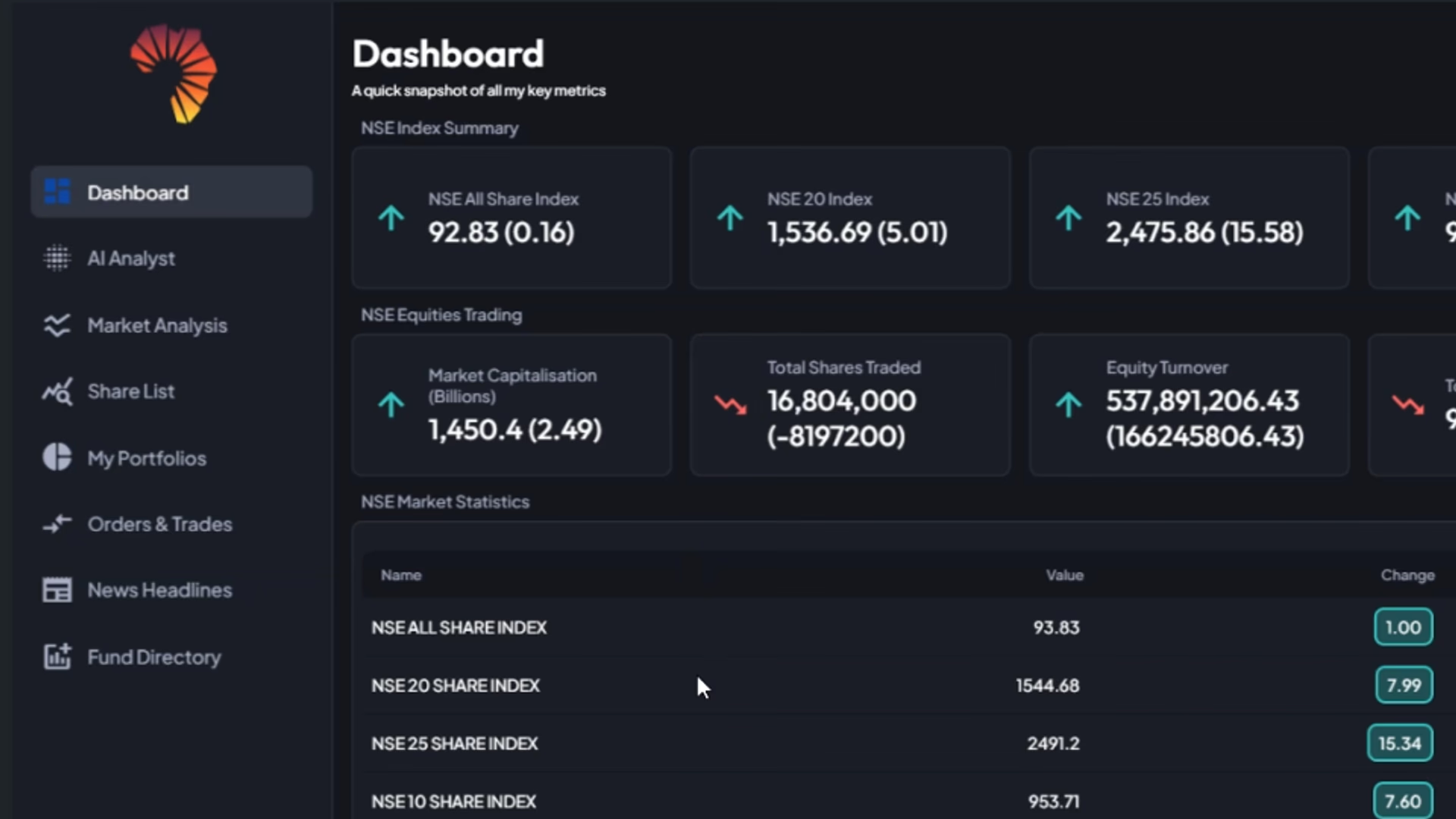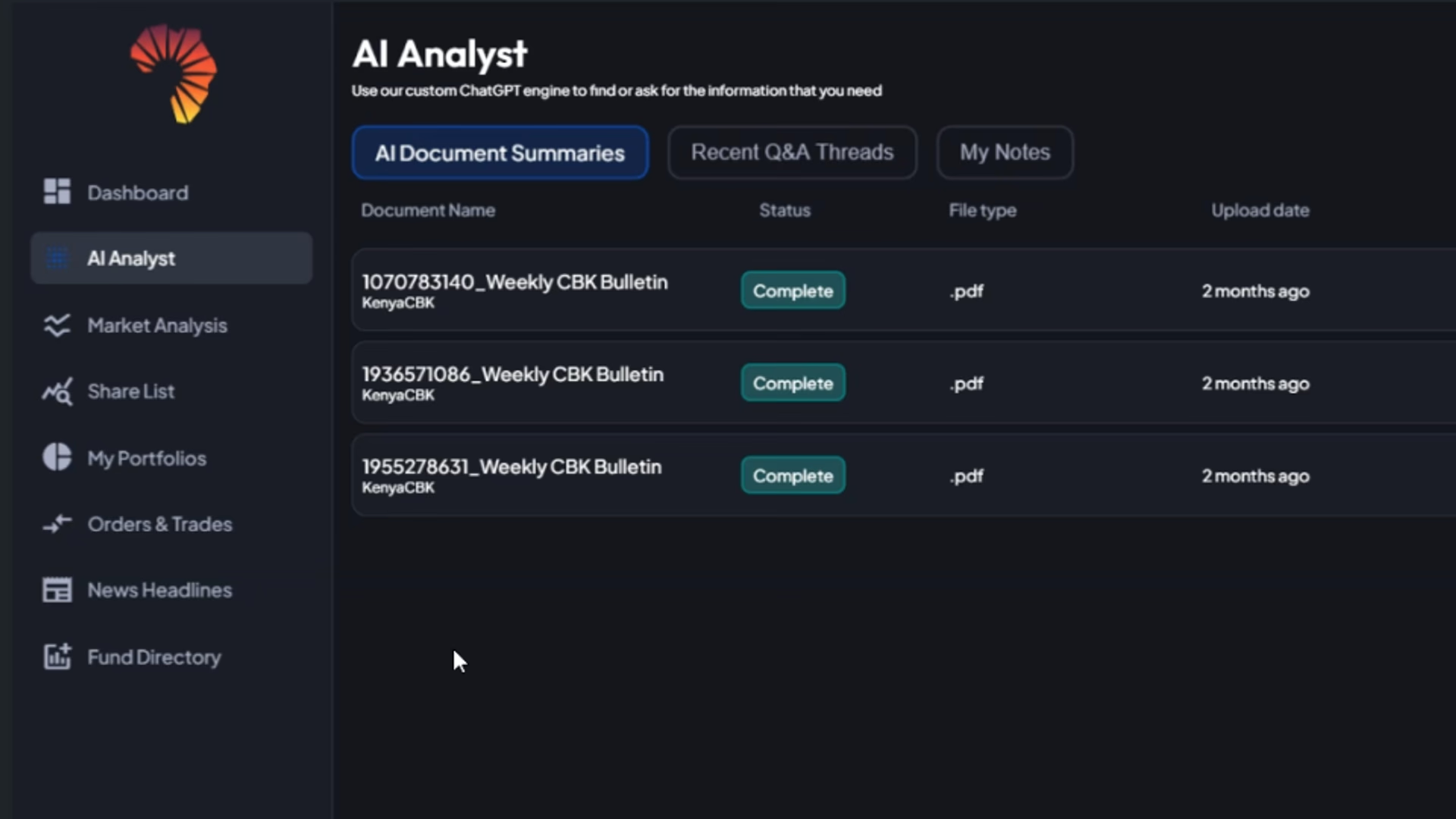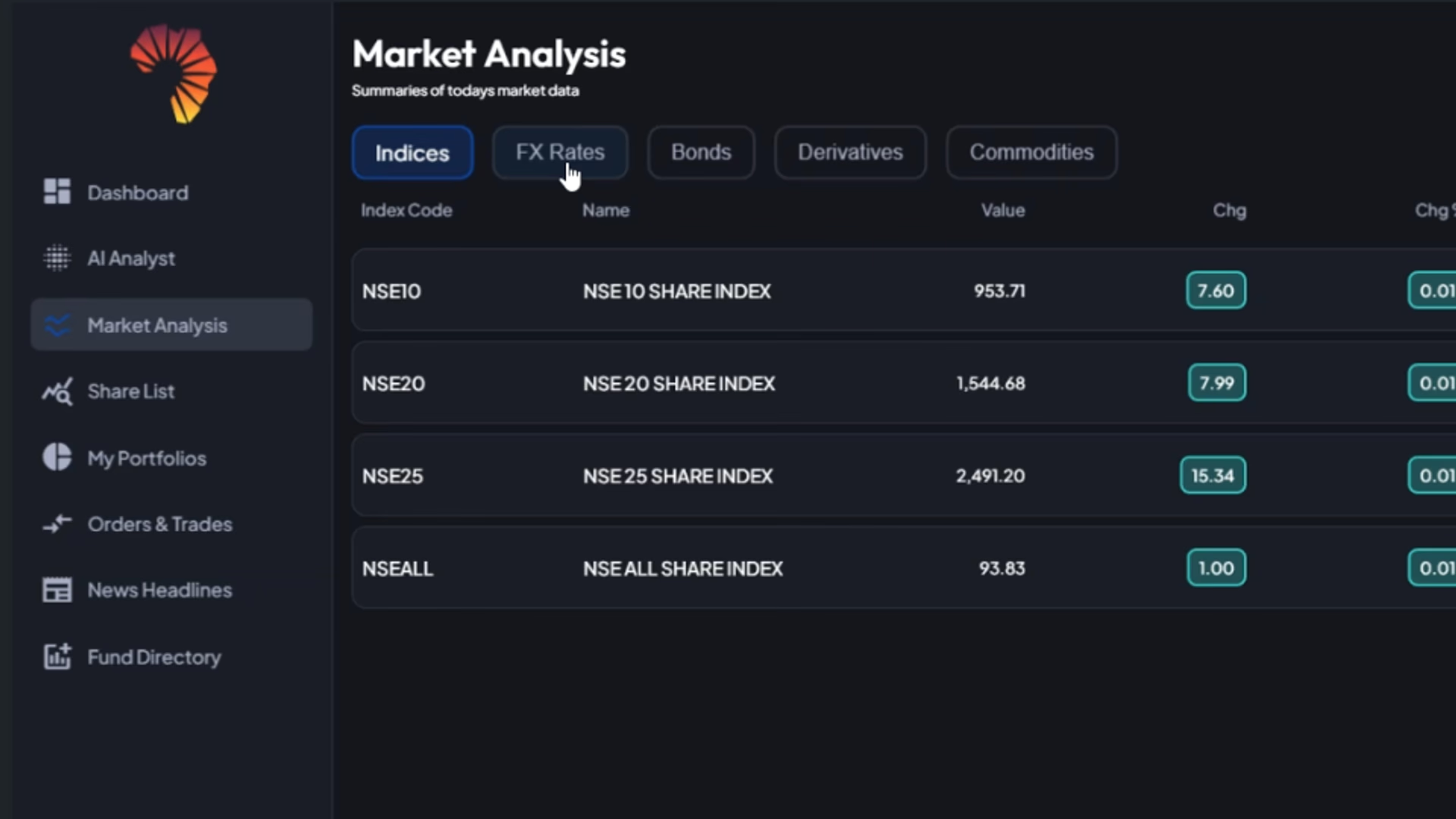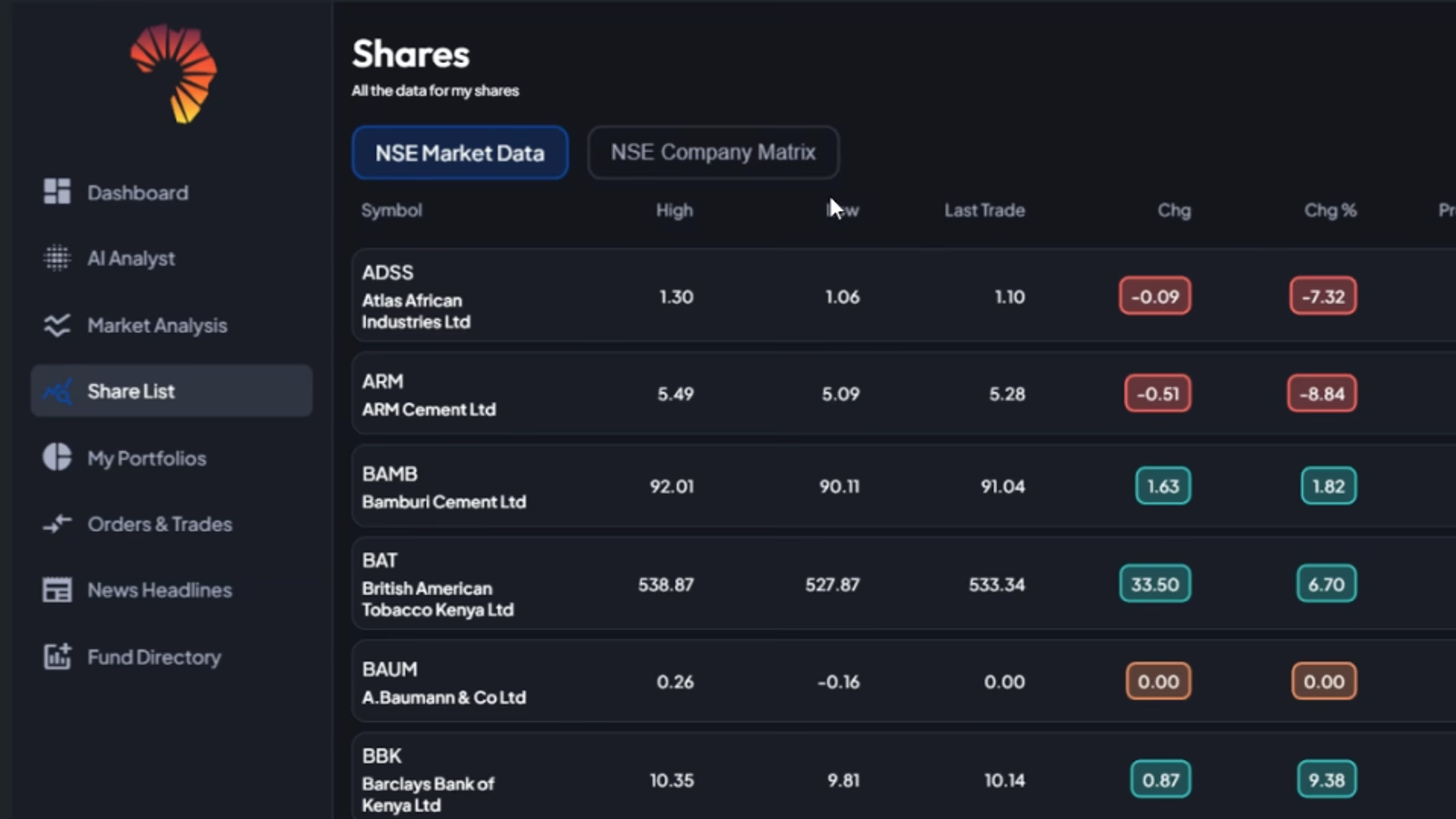Planning for retirement is only the first step; the next and equally crucial step is selecting the right retirement options to ensure financial security and peace of mind. For Kenyans, there are a variety of retirement options to choose from, each tailored to different financial needs and goals. Whether you’re employed, self-employed, or running a business, understanding these options will help you make informed decisions about your golden years.
This guide explores the retirement options available in Kenya, breaking them down into simple, actionable insights.
National Social Security Fund (NSSF)
The NSSF is Kenya’s state-run retirement savings scheme designed to provide financial security for workers upon retirement. Contributions are made monthly by both employers and employees, and the fund is managed under strict regulations to ensure safety and growth.
How It Works
- •Contributions: Employees contribute 6% of their monthly salary, matched by their employer. The total contribution is capped at Ksh 2,160 for higher earners.
- •Payout: Upon retirement, members receive a lump sum or monthly pension depending on their preference and accumulated savings.
It’s Ideal for employed Kenyans seeking a low-maintenance retirement option, especially those in formal employment. However, self-employed individuals can also voluntarily contribute.
Challenges to Consider
- •Payouts may not be sufficient to cover post-retirement expenses for higher earners.
- •Limited investment options compared to private schemes.
Use NSSF as a foundation for retirement savings but diversify with other options for greater security
Individual Pension Plans (IPPs)
IPPs are privately managed retirement savings plans offered by financial institutions like Jubilee, Britam, and ICEA Lion. These plans allow individuals to save independently for retirement, offering flexibility and competitive returns.
How They Work
- •Contributions can be made monthly, quarterly, or annually, depending on the provider.
- •Funds are invested in various assets like bonds, stocks, and real estate to grow your savings.
It’s best for Self-employed individuals or entrepreneurs who don’t have access to employer-sponsored schemes and anyone looking to supplement their NSSF savings with higher returns.
Benefits
- •Flexibility: You can adjust contributions based on your financial situation.
- •Tax Advantages: Contributions are tax-deductible up to a certain limit.
Employer-Sponsored Retirement Schemes
Many companies in Kenya offer group pension plans as part of employee benefits. These schemes are usually managed by trusted financial institutions and provide a structured way to save for retirement.
How They Work
- •Both the employer and employee contribute to the fund.
- •The contributions are invested, and employees receive their savings plus returns upon retirement.
This is perfect for employees in medium to large organizations offering comprehensive retirement benefits.
Challenges to Consider
- •If you change jobs, you may need to transfer your savings to an individual plan or leave them in the employer’s scheme.
Real Estate Investments
Real estate is a popular retirement choice for Kenyans looking for passive income. By investing in rental properties or land during your working years, you can secure a steady income stream after retirement.
How It Works
- •Purchase or build property in high-demand areas such as Nairobi, Nakuru, or Kisumu.
- •Rent out the property or sell it later for a profit.
Who It’s Best For
- •Individuals with significant savings or access to affordable loans.
- •Those looking for an alternative to traditional pension plans.
Challenges to Consider
- •Real estate requires significant upfront capital.
- •Property maintenance and tenant management can be time-consuming.
SACCOs (Savings and Credit Cooperative Organizations)
SACCOs are member-owned financial cooperatives that allow individuals to save and borrow money. They offer attractive dividends and low-interest loans, making them an excellent retirement planning tool.
How They Work
- •Members contribute monthly savings.
- •At the end of each year, SACCOs distribute profits as dividends.
Who It’s Best For
- •Individuals looking for a community-focused savings plan with additional credit benefits.
Benefits
- •Higher dividends compared to traditional savings accounts.
- •Access to affordable loans for investment or emergencies.
Mutual Funds and Treasury Bonds
Mutual funds and treasury bonds are low-risk investment options that can supplement retirement savings. Managed by professional fund managers, mutual funds pool money from multiple investors and invest it in a diversified portfolio.
How They Work
- •Mutual Funds: You purchase units in a fund and earn returns based on its performance.
- •Treasury Bonds: You lend money to the government and earn interest over a fixed period.
Who It’s Best For
- •Risk-averse individuals looking for steady returns.
- •Those seeking to diversify their retirement portfolio
Final Thoughts
Retirement planning is not a one-size-fits-all process. The best retirement option depends on your financial goals, risk tolerance, and current resources. Whether you choose to rely on the NSSF, invest in real estate, or join a SACCO, the key is to start early and remain consistent.
Take the time to explore these options, seek advice from financial experts, and diversify your approach for maximum security. With careful planning and informed decisions, you can look forward to a retirement that’s not just comfortable but fulfilling.





